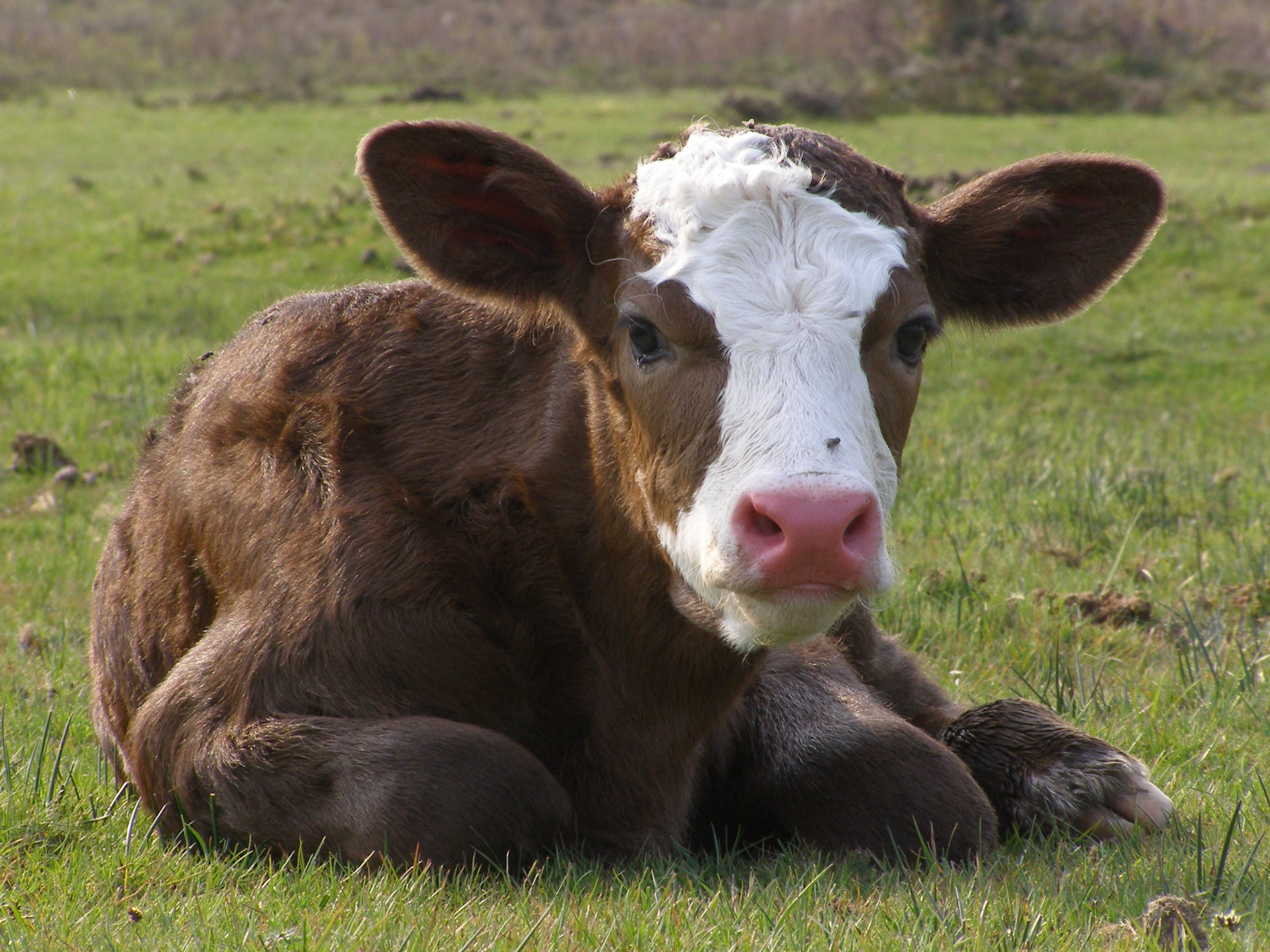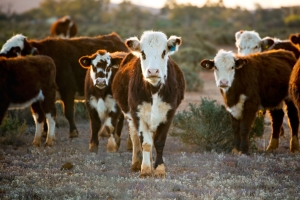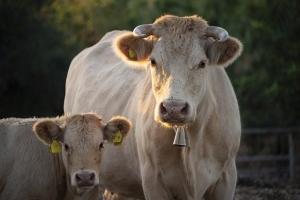Maintaining a fertile cattle herd

By Joe Gallenti.A fertile productive herd is a profitable herd. Australia’s drought prone climate presents a range of unique challenges to ensure cattle receive enough nutrients and water to maintain productive breeding cycles.
According to Future Beef there are three main aspects when it comes to maintaining a productive herd. They are:
- Having a high proportion of cows becoming pregnant early in the optimum conception period,
- Pregnancy testing to remove non-pregnant cows or cows that conceive late, and
- Ensuring high cow and calf survival through to weaning, during which time pregnancies for the next calf crop are established.
How many cows that become pregnant depends on the body condition of the cows in your herd. Cows that are too thin will not cycle, are less likely to conceive, have poor milk production and give birth to weak calves. Cows that are too fat, as well as wasting expensive feed will be prone to dystocia and metritis.
BCS (Body Condition Score) is a management tool for distinguishing nutrient needs in cattle. It’s a scale from 1 – 9, where 1 is extremely thin and 9 is very obese. 3 is the ideal body weight for cows to conceive and produce healthy offspring. The cost of feed, access to water and the availability of pasture are critical factors in maintaining the body condition of your cattle.
During drought access to water and pasture is restricted and the costs of feed can quickly escalate. Effective management can minimise the impact of drought and the associated costs.
Cattle control
Cattle control is primarily a function of fencing and the capacity to muster and handle cattle as required. Without effective cattle control seasonal mating becomes proportionately more difficult and less efficient.
Weaning
A lactating cow needs more energy and protein than a dry cow. Weaning removes the stress of lactation which lowers a cow’s nutritional requirements and reduces body condition loss.
Mating
Seasonal mating can greatly assist lactation period management and overall business efficiency. The key objective of seasonal mating is to reduce the period of lactation in the dry season. This will preserve body condition, support healthy egg development and ovarian function for cycling, and improve herd reproductive performance.
Most beef producers restrict the mating period to about 9-12 weeks. Agriculture Victoria advises - aim to get as many of the cows pregnant during the first three weeks of mating so that they will have a good chance of conceiving again early in the next joining period. Restricting calving spread enables more controlled management. If all cows are at about the same stage of pregnancy, supplementary feeding will be more effective. If calving is unrestricted, pregnant cows may well receive more than their requirements, and lactating cows may receive much less than they need during mating.
Nutrient Supplements
Supplements should only be used to enhance effective management, not as a primary management tool to manage nutrition. Under poor pasture conditions during drought will mean that lactating cows are not receiving enough protein and nutrients to maintain a good body condition score. The proper use of nutrients can help redress the imbalance in their diet.








